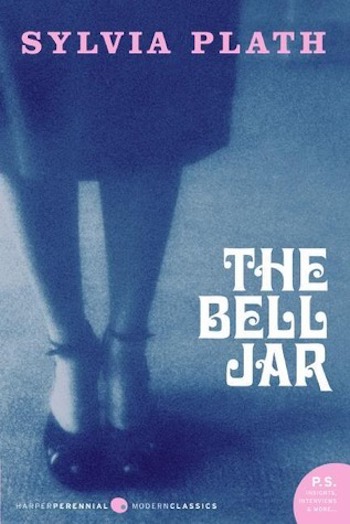
Voyant is a web-based text analysis tool that summarizes and visualizes multiple trends and patterns in a text entered by users. I passed the entire corpus of the 1961 novel, The Bell Jar, by Sylvia Plath into Voyant tosee what would happen. The results were telling of both the strength and limits off educational technology tools built on the potential of machine learning.

While Voyant provides many visualizations of its results, the majority of its tools seems to build on the analysis of the most frequently occurring words in the text. As I explored Voyant’s analysis of The Bell Jar, it occurred to me that using word frequency as the sole analytical foundation of reading text is a particularly narrow interpretive lens. Moreover, it does not come near to capturing the scope, depth, or arc of the book. Nevertheless, I was surprised at how much more the results could actually reflect about a work’s central themes, characters, and motifs and its capacity to serve as a helpful supplement to the reader and user’s more nuanced and personal interpretation.

The figure above maps the frequencies of the most common words in the text across the entire novel. I was especially struck by the appearance of characters that were particularly meaningful to the main character, Esther. Moreover, the fluctuating frequencies of the characters’ mentions are particularly insightful indicators of how and when these characters were meaningful in Esther’s perception and narrative. For example, the light blue trend traces the consistent mention of “doctor,” and corresponds to Esther’s constant wrestling with her mental health and various treatments. The spike in the “doctor” mentions represents Esther finally finding some safety and sense of recovery in the psychiatric institution in the last moments of the book. The fluctuations in the mention of “Buddy,” her former love interest, are also particularly interesting in allowing me, as the user and reader, to identify, and further reflect on, moments when he haunted her thoughts or self-perception and moments when his irrelevance may have indicated something else about her sense of healing or growth. The word frequency of “thought” also guided me towards thinking about how the majority of the novel is narrated through self-introspection and the way in which that served as a mode of storytelling.
In a way, the limitations of the word frequency trends and relationships visualized by Voyant also facilitate and emphasize the software’s potential for enabling the analytical process of its users. Given diverse visualizations of a limited word-frequency analysis, I was compelled to use the visualizations to think more creatively about the content before me and trace these ideas through specific points in the text.